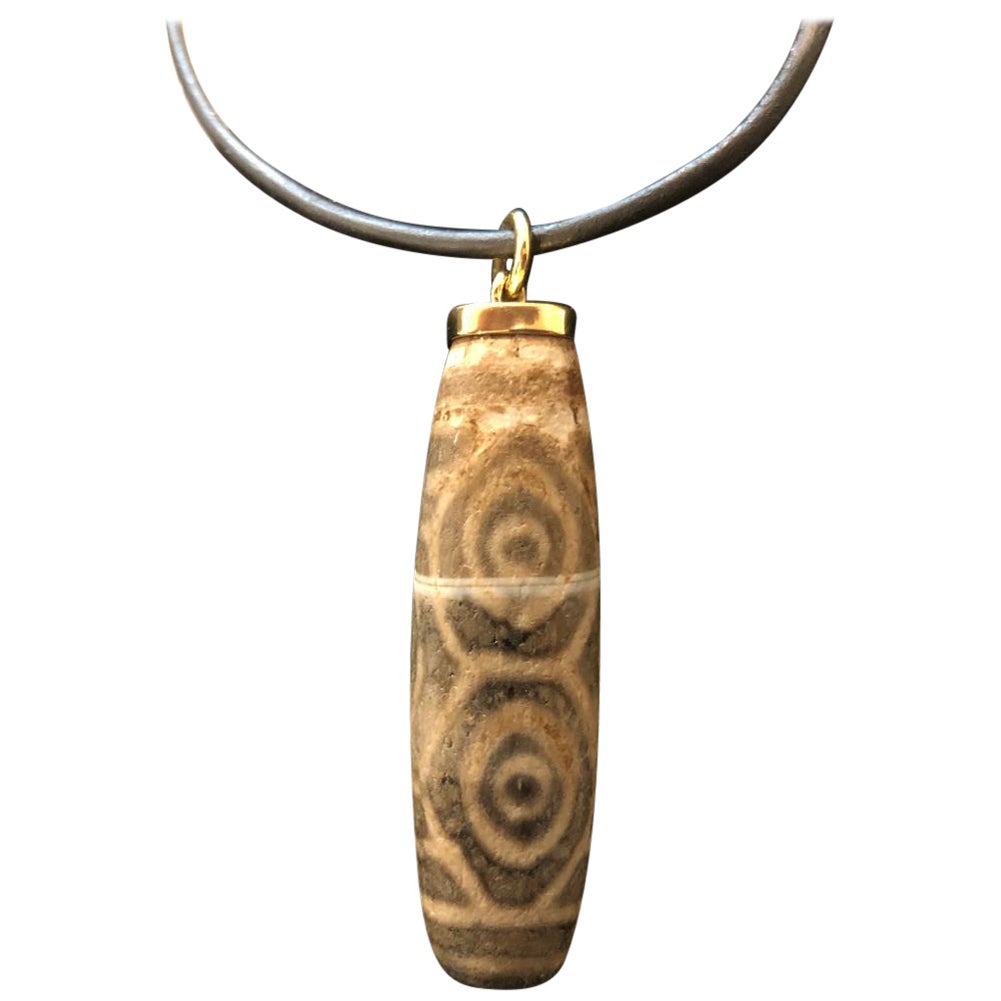

It is 74 inches (190 cm) tall, and weighs about 37 kilograms (82 lb).

In many orchestras, patrons may see the harpist playing a gold version of this harp. It has 47 strings, highly decorative floral carving on the top of the column, base, and feet, and has a fleur de lis pattern at the bottom of the column. In 1890, Lyon & Healy introduced the Style 23 Harp, still one of the most popular and recognizable designs in the world. It was in use by Lyon and Healy until 1916. This landmark building, flying the Lyon & Healy banner, was often referred to as the Union Park Factory. Lyon & Healy Factory at Randolph Street and Bryant Place, across from Union Park, circa 1900. Previously, most harps were imported to North America from France, England, Ireland, or Italy by smaller groups of craftsmen. They succeeded in producing a harp notable for its strength, reliability of pitch, and freedom from unwanted vibration. Healy was interested in developing a harp better suited to the rigours of the American climate than the available European models. Lyon patented his cottage upright in 1878 and it was sold under the Lyon and Healy name. Lyon & Healy evidently began manufacturing these instruments around 1876 in its factories in Chicago and nearby cities. Other instruments the company is known to have made include reed organs and pianos. The company won recognition for another first in 1889–building the first American- made harp. Healy, who moved from Boston to start a sheet music shop for music publisher Oliver Ditson. The Chicago-based company, founded in 1864 by George W. It was the first to sell Thomas Edison`s wax-cylinder records, Edison`s and Columbia Co’s Morning Glory Horn phonograph models and the first to promote Victor`s famous Victor Talking Machine Company dog listening to “His Master`s Voice.


 0 kommentar(er)
0 kommentar(er)
